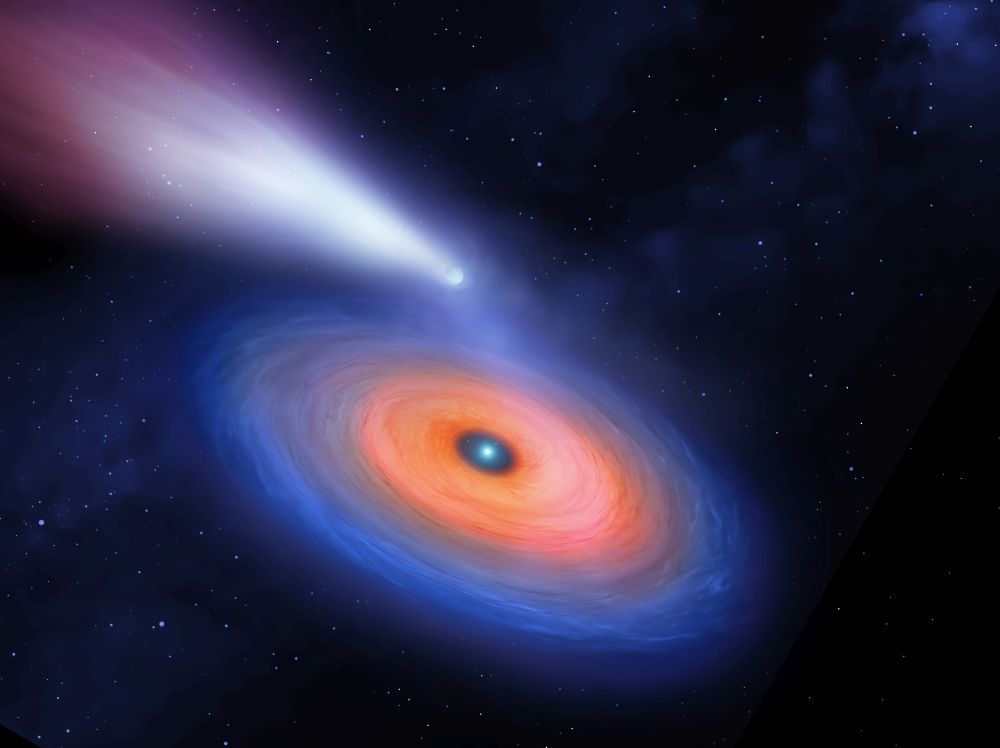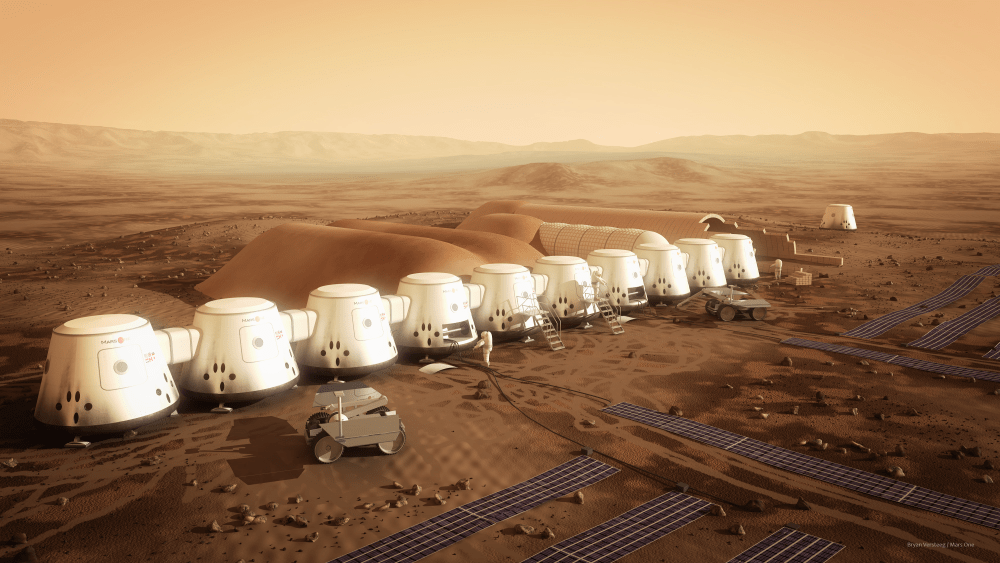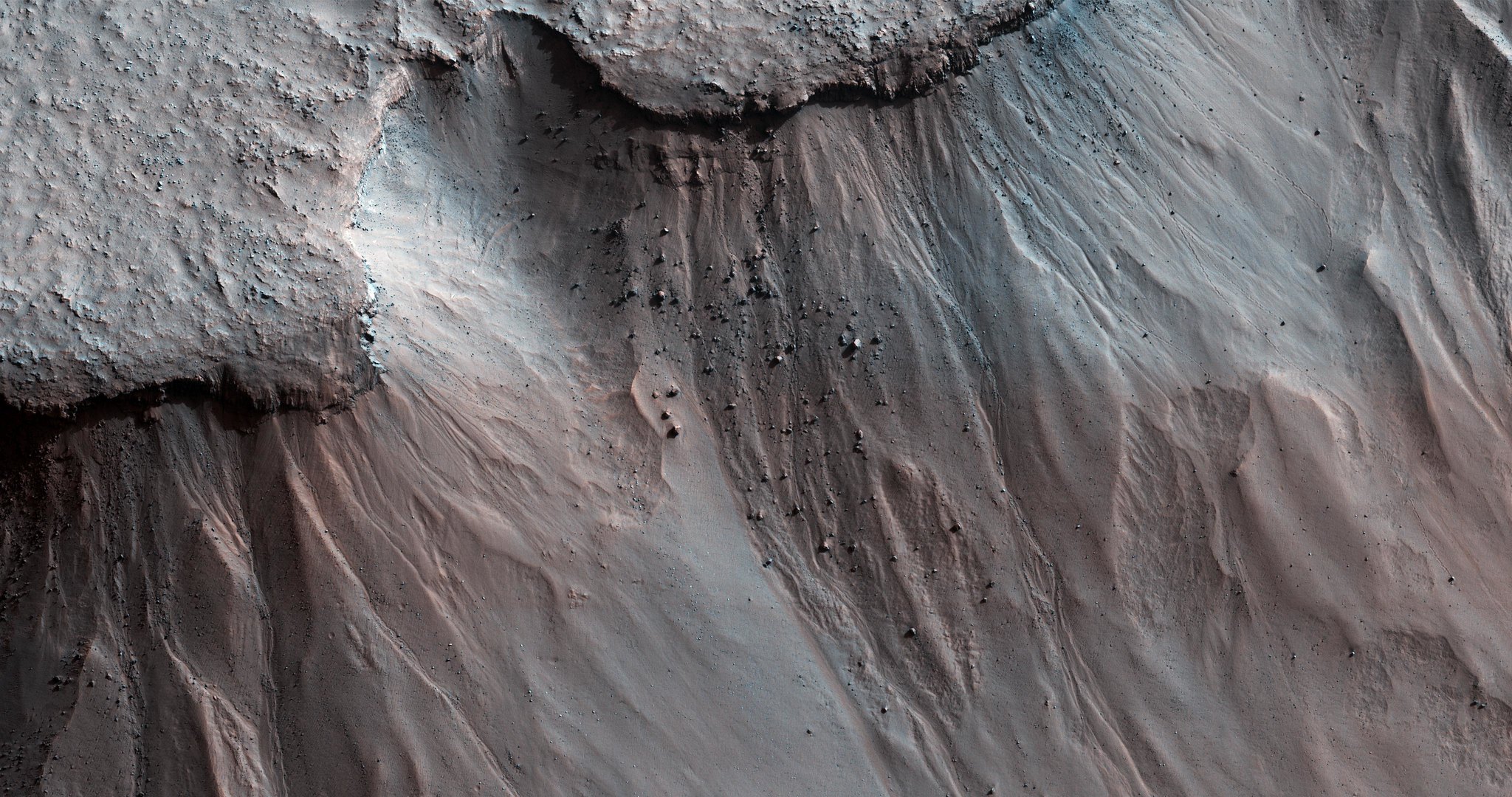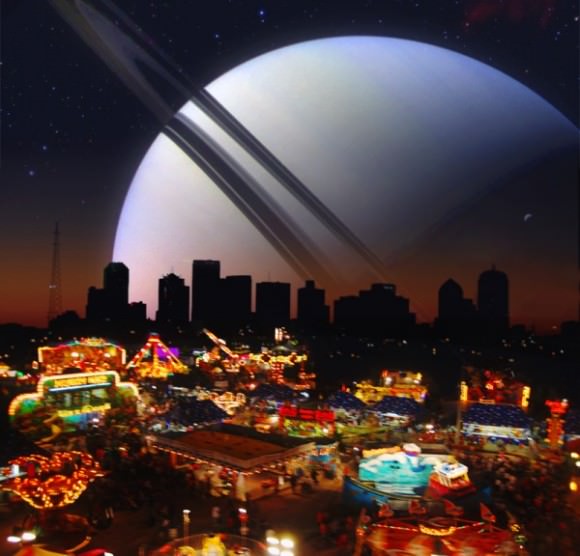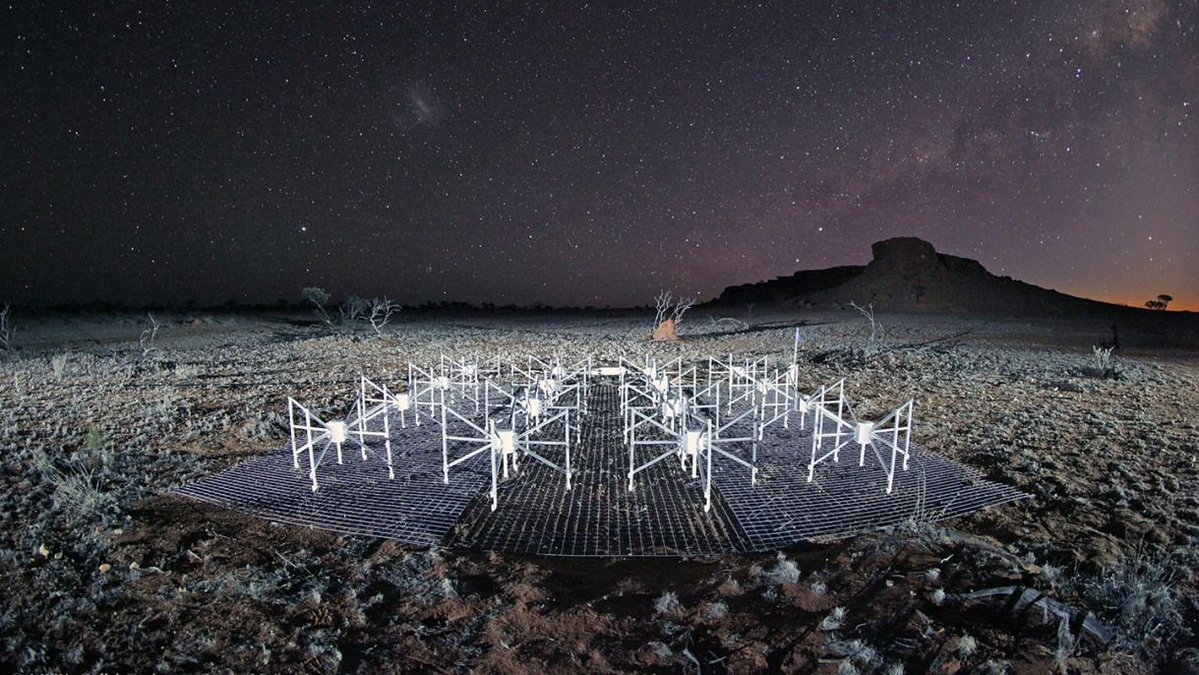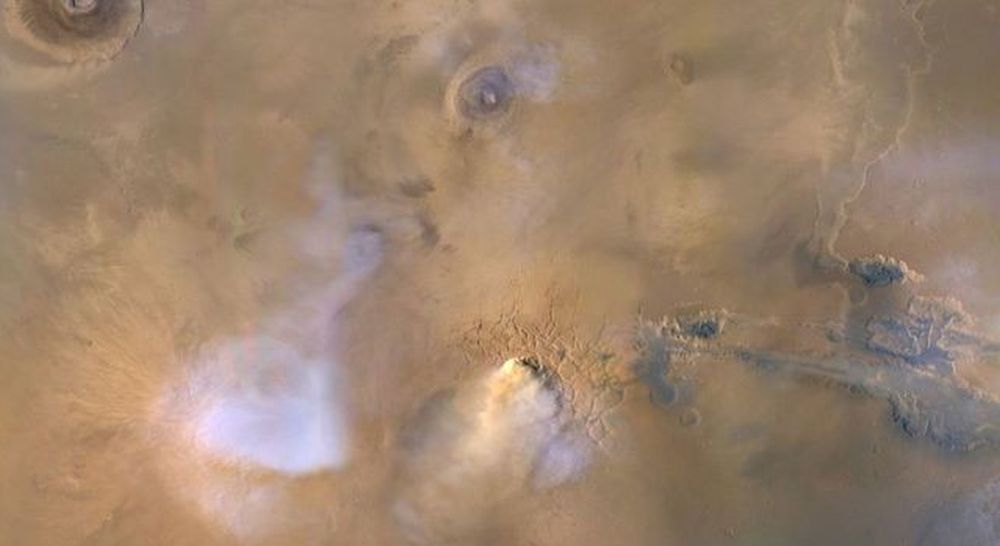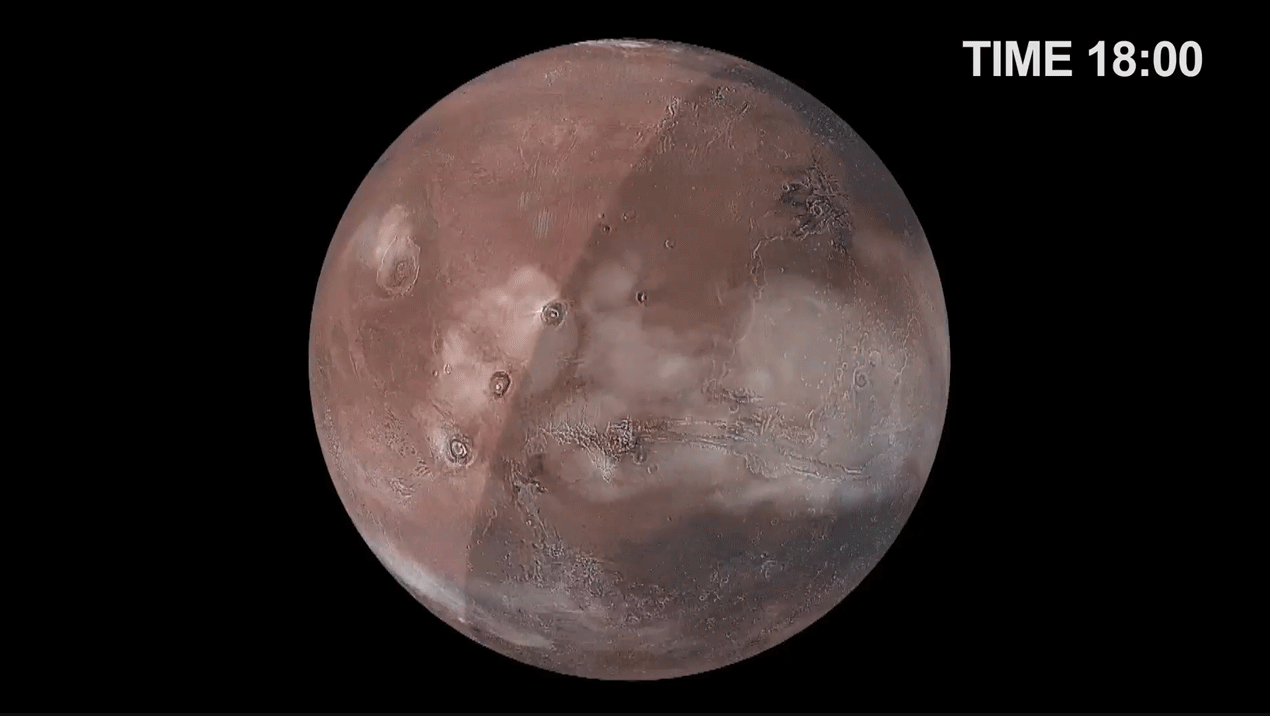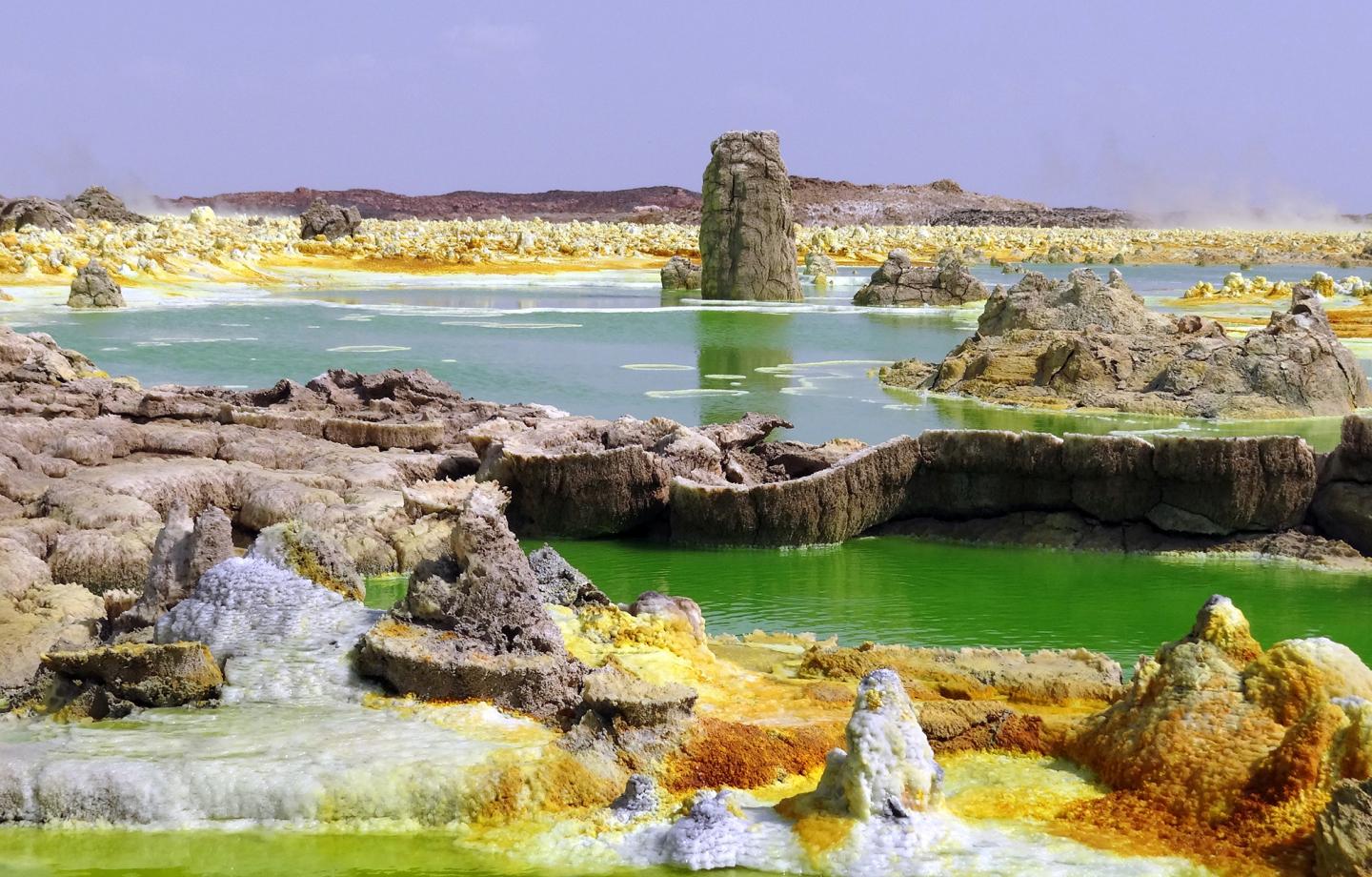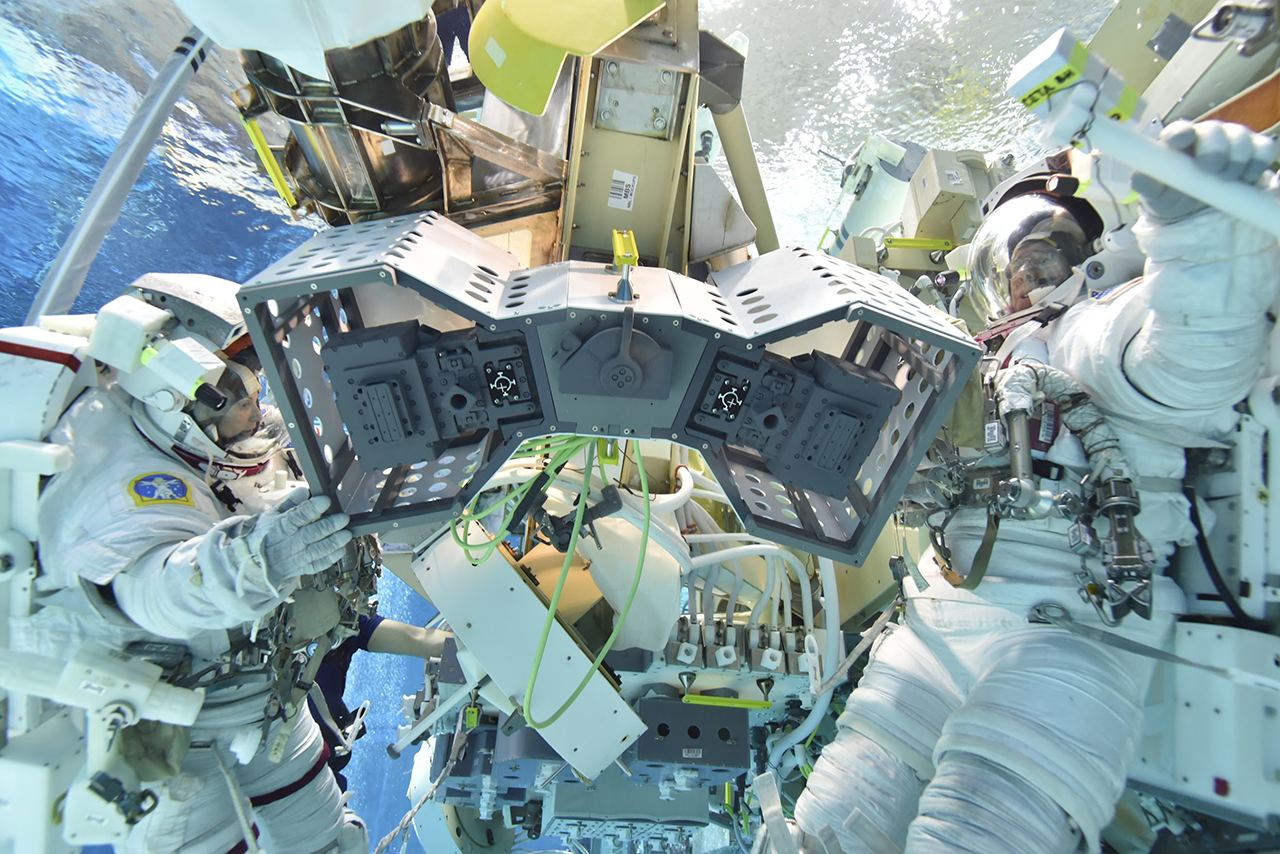
The Robotic Tool Stowage (RiTS) unit recently launched for the ISS, where it will be integrated and provide a home for the station's robotic helpers.
Continue reading
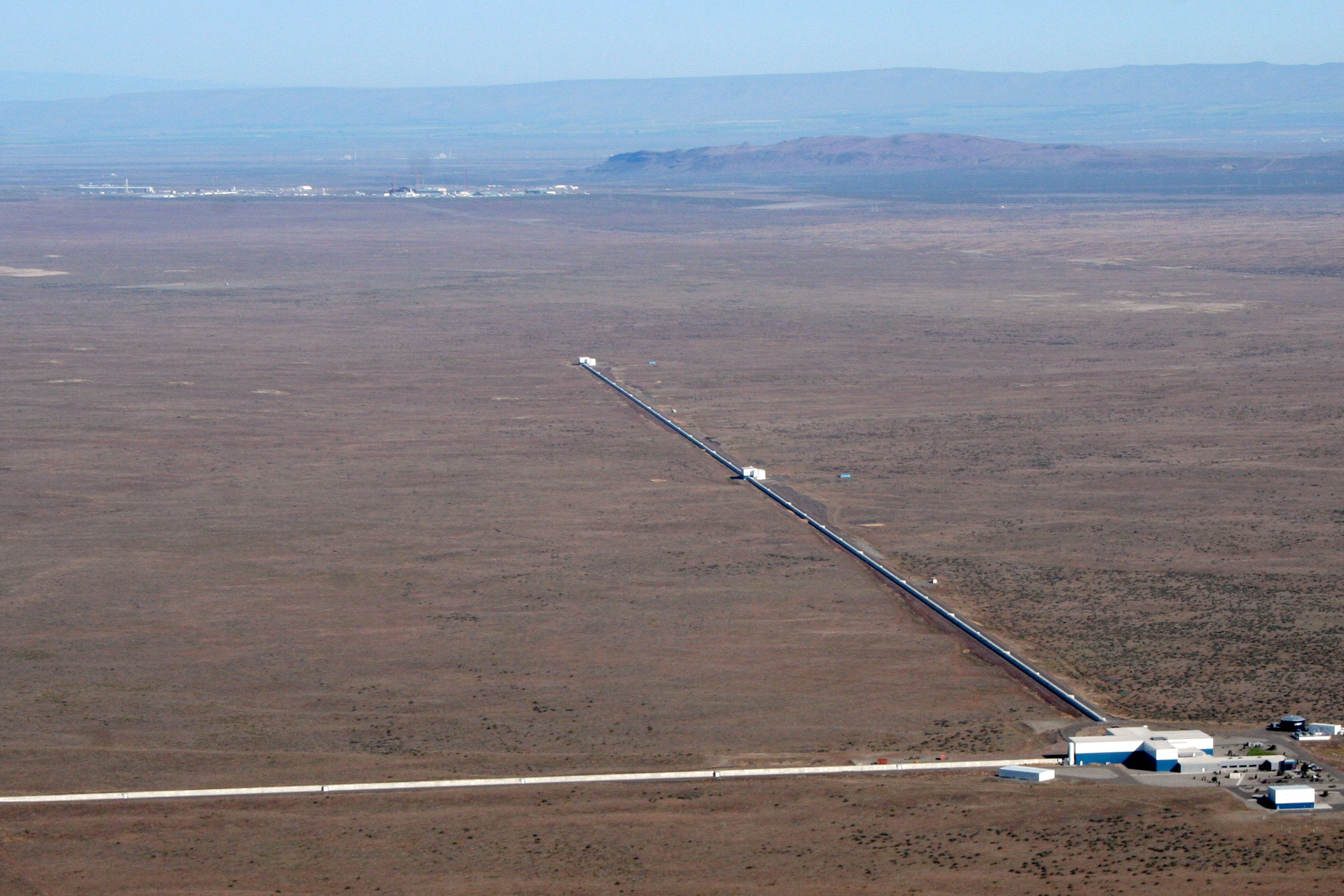
LIGO is so sensitive it can hear the quantum fluctuations of a vacuum. But by squeezing light it can make them a bit more quiet.
Continue reading
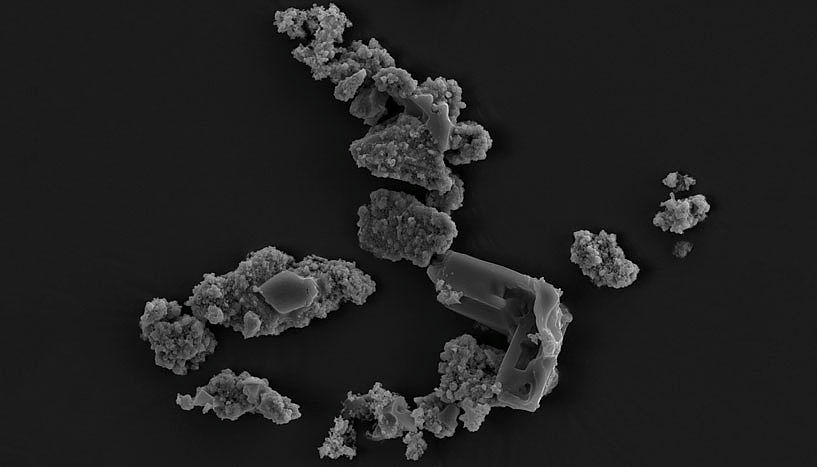
A new study by a team astrobiologists shows how certain types of extreme bacteria thrive on meteors, which could reveal things about the origins of life on Earth.
Continue reading
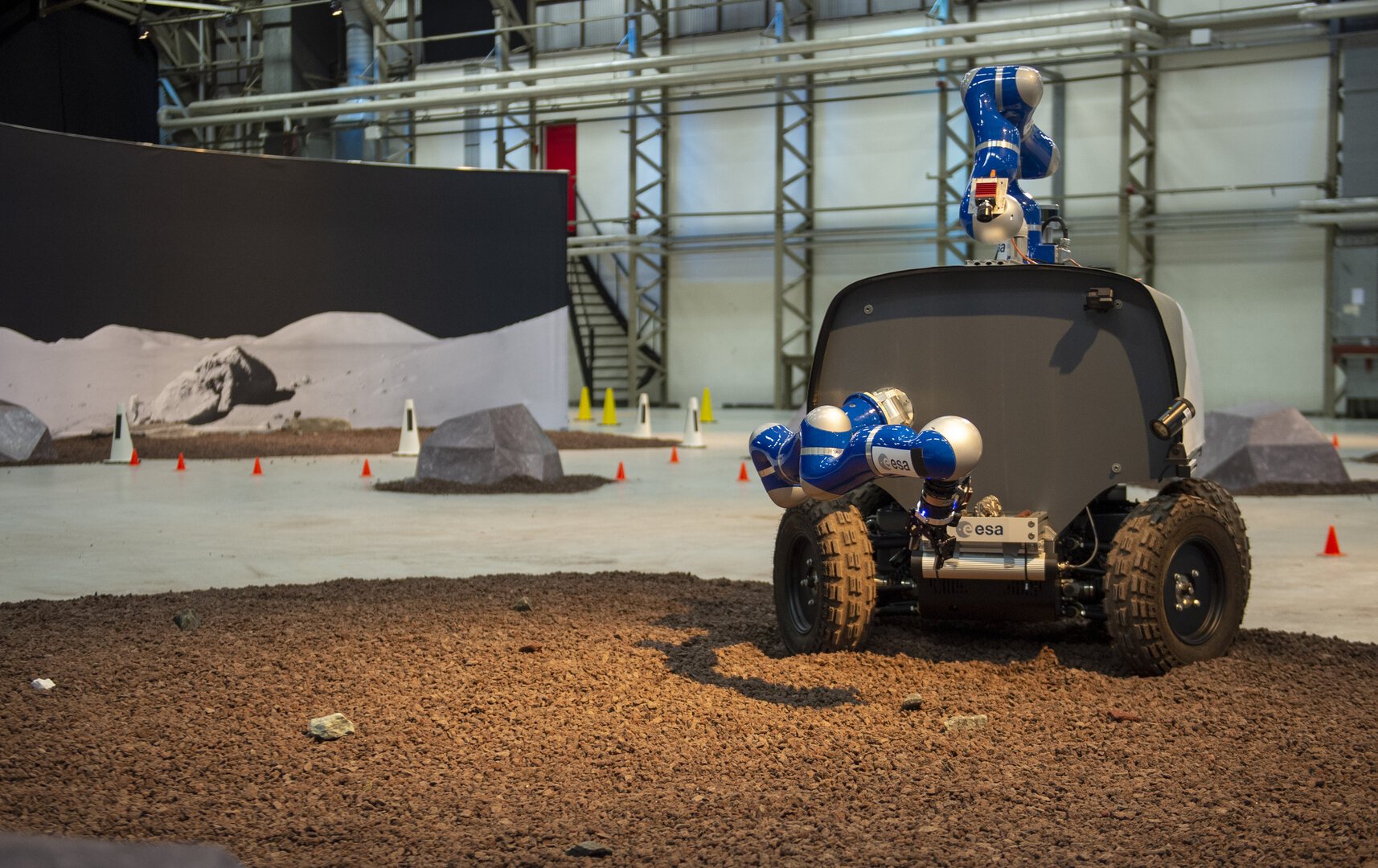
ESA astronaut Luca Parmitano just completed the second round of tests where he remotely-controlled a rover on Earth from the ISS.
Continue reading
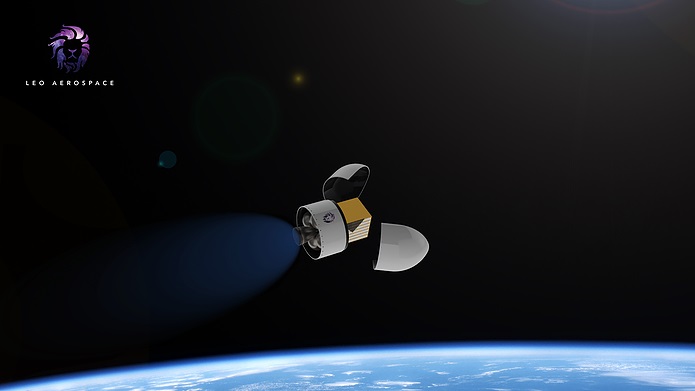
LEO Aerospace is developing a "Rockoon" system that will provide commercial launch services for microsatellites, as well as a platforms for conducting everything from scientific research to emergency rescues.
Continue reading
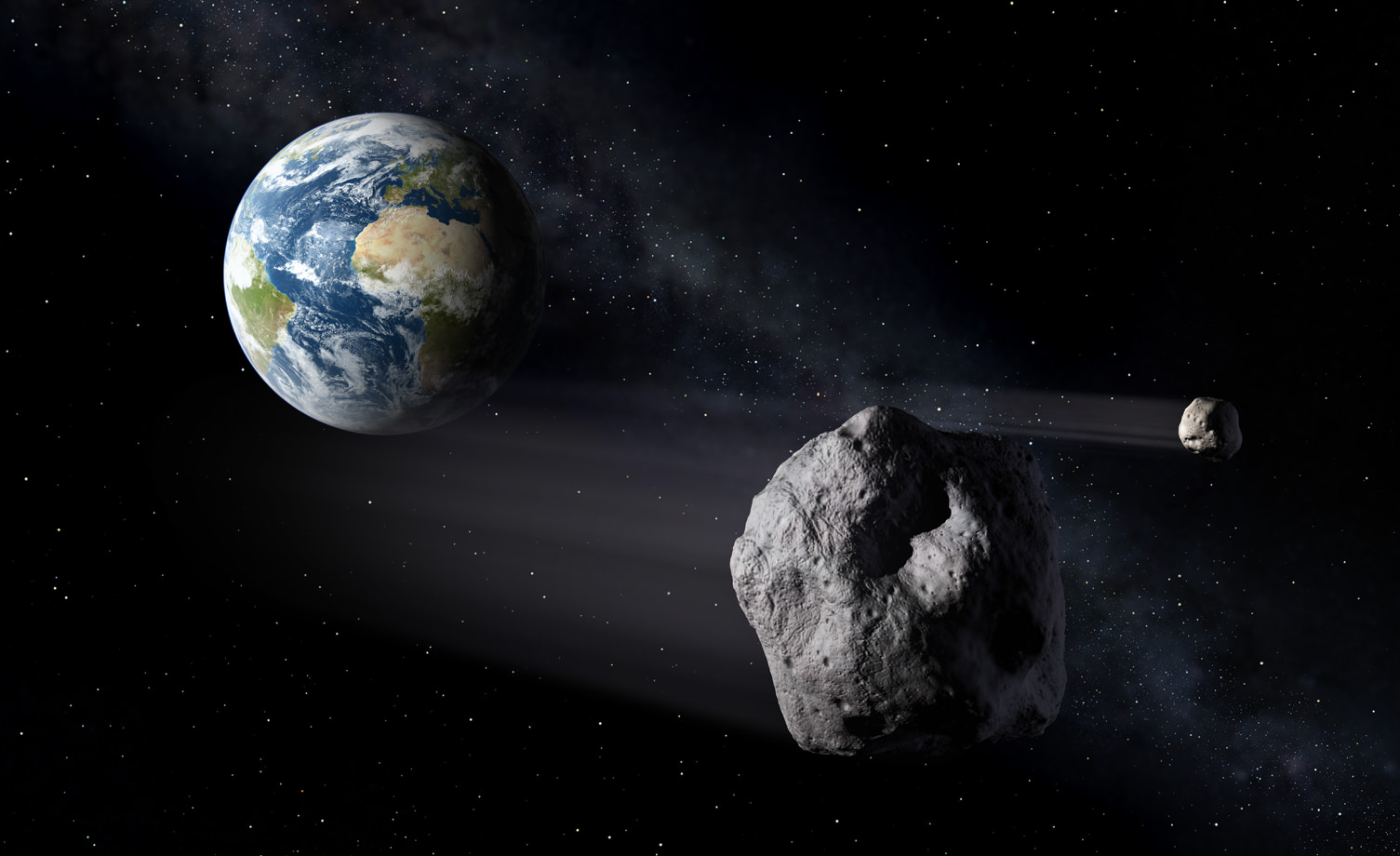
A new study by an Australian-US team has found that a large impact that happened ca. 3.2 billion years ago could be what started Earth's tectonics activity, which could be crucial to why Earth is able to support life.
Continue reading
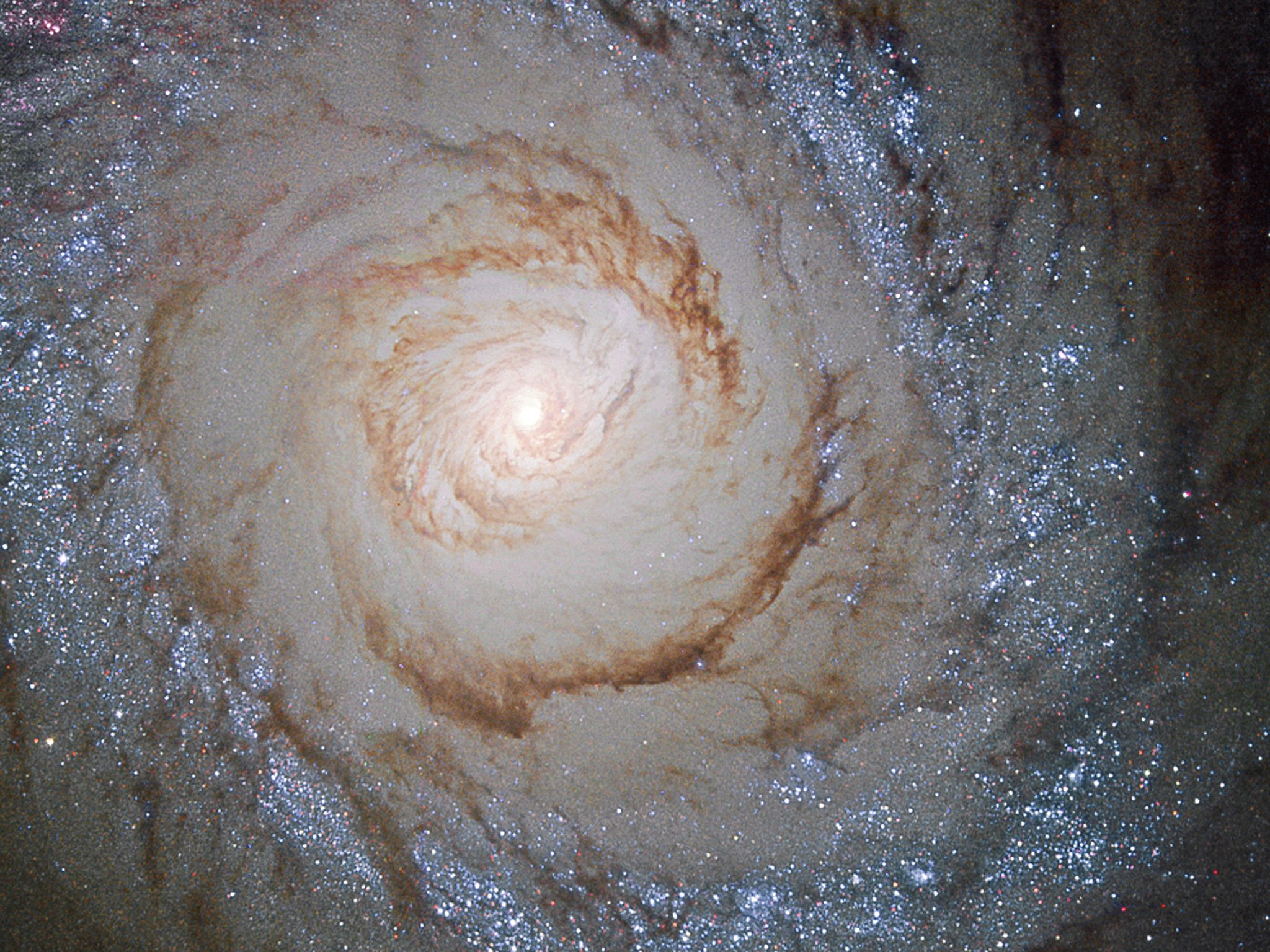
Located in the constellation Canes Venatici, roughly 15 million light years from Earth, is the spiral galaxy known as the Cat's Eye Galaxy (aka. Messier 94)
Continue reading

A team of Australian researchers have found evidence that microgravity can disrupt the spread of cancer cells, which could lead to new treatments.
Continue reading
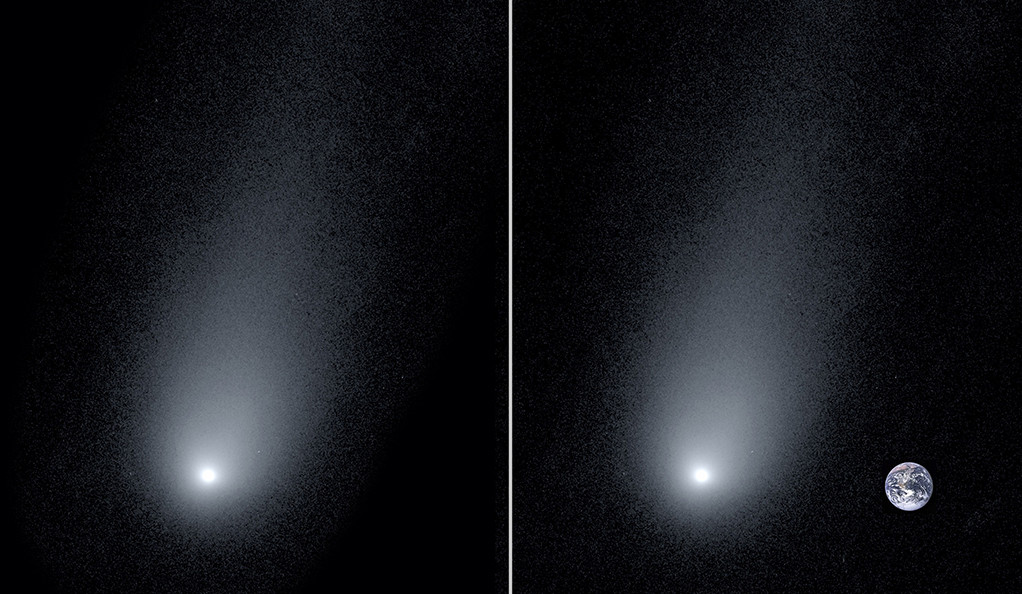
A team of astronomers from Yale have taken the clearest picture of the interstellar comet 2I/Borisov to date, showcasing its long tail!
Continue reading
Tonight we are excited to welcome amateur astronomer and astrophotographer extraordinaire Dylan O'Donnell to the WSH. Dylan is an Australian web developer, the Director of DNA Digital and zen10 Australia, and a Public Science Communicator. Dylan has a Masters of Information Technology and his astrophotography been featured by NASA and ESA, and to date, two of his images have been selected for NASA Astronomy Photo of the Day (APOD).
Continue reading
